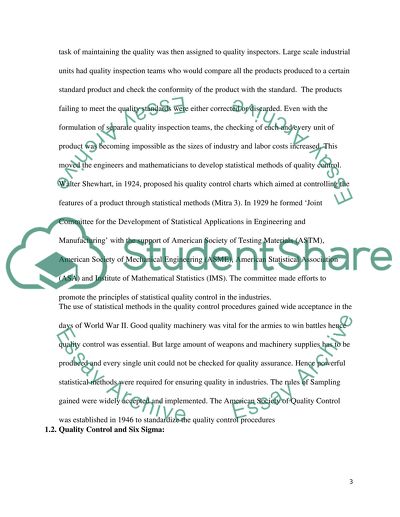Cite this document
(“Quality Control Essay Example | Topics and Well Written Essays - 2500 words”, n.d.)
Retrieved from https://studentshare.org/environmental-studies/1407107-quality-control
Retrieved from https://studentshare.org/environmental-studies/1407107-quality-control
(Quality Control Essay Example | Topics and Well Written Essays - 2500 Words)
https://studentshare.org/environmental-studies/1407107-quality-control.
https://studentshare.org/environmental-studies/1407107-quality-control.
“Quality Control Essay Example | Topics and Well Written Essays - 2500 Words”, n.d. https://studentshare.org/environmental-studies/1407107-quality-control.


